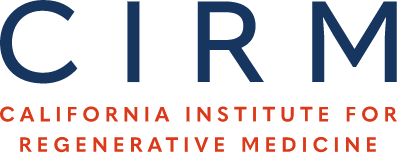Age-associated imbalance in immune cell regeneration varies across individuals and arises from a distinct subset of stem cells.
Publication Year:
2024
PubMed ID:
39443746
Funding Grants:
Public Summary:
As we age, our immune systems weaken due to changes in both adaptive and innate immune cells, which originate from the aging stem cells that produce them. This study explored why some individuals show signs of immune aging earlier or later than others, even when they're the same age. By studying mice, researchers found that early-aging mice had certain stem cells more inclined to produce myeloid cells (which contribute to aging), while delayed-aging mice had stem cells favoring lymphoid cell production, which can slow aging. These findings suggest that targeting specific stem cell subsets could potentially delay immune aging.
Scientific Abstract:
The age-associated decline in immunity manifests as imbalanced adaptive and innate immune cells, which originate from the aging of the stem cells that sustain their regeneration. Aging variation across individuals is well recognized, but its mechanism remains unclear. Here, we used high-throughput single-cell technologies to compare mice of the same chronological age that exhibited early or delayed immune aging phenotypes. We found that some hematopoietic stem cells (HSCs) in early aging mice upregulated genes related to aging, myeloid differentiation, and stem cell proliferation. Delayed aging was instead associated with genes involved in stem cell regulation and the response to external signals. These molecular changes align with shifts in HSC function. We found that the lineage biases of 30% to 40% of the HSC clones shifted with age. Moreover, their lineage biases shifted in opposite directions in mice exhibiting an early or delayed aging phenotype. In early aging mice, the HSC lineage bias shifted toward the myeloid lineage, driving the aging phenotype. In delayed aging mice, HSC lineage bias shifted toward the lymphoid lineage, effectively counteracting aging progression. Furthermore, the anti-aging HSC clones did not increase lymphoid production but instead decreased myeloid production. Additionally, we systematically quantified the frequency of various changes in HSC differentiation and their roles in driving the immune aging phenotype. Taken together, our findings suggest that temporal variation in the aging of immune cell regeneration among individuals primarily arises from differences in the myelopoiesis of a distinct subset of HSCs. Therefore, interventions to delay aging may be possible by targeting a subset of stem cells.



